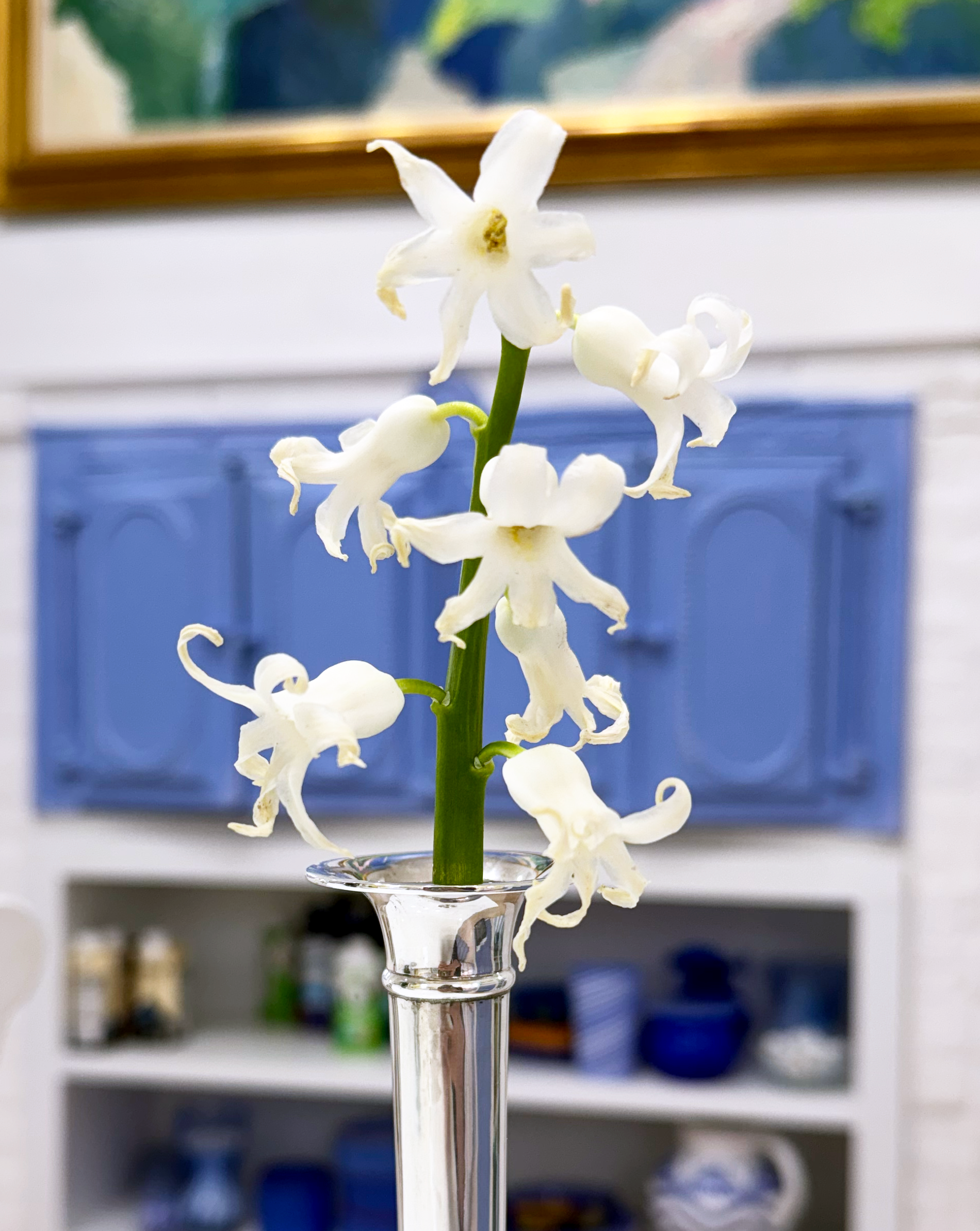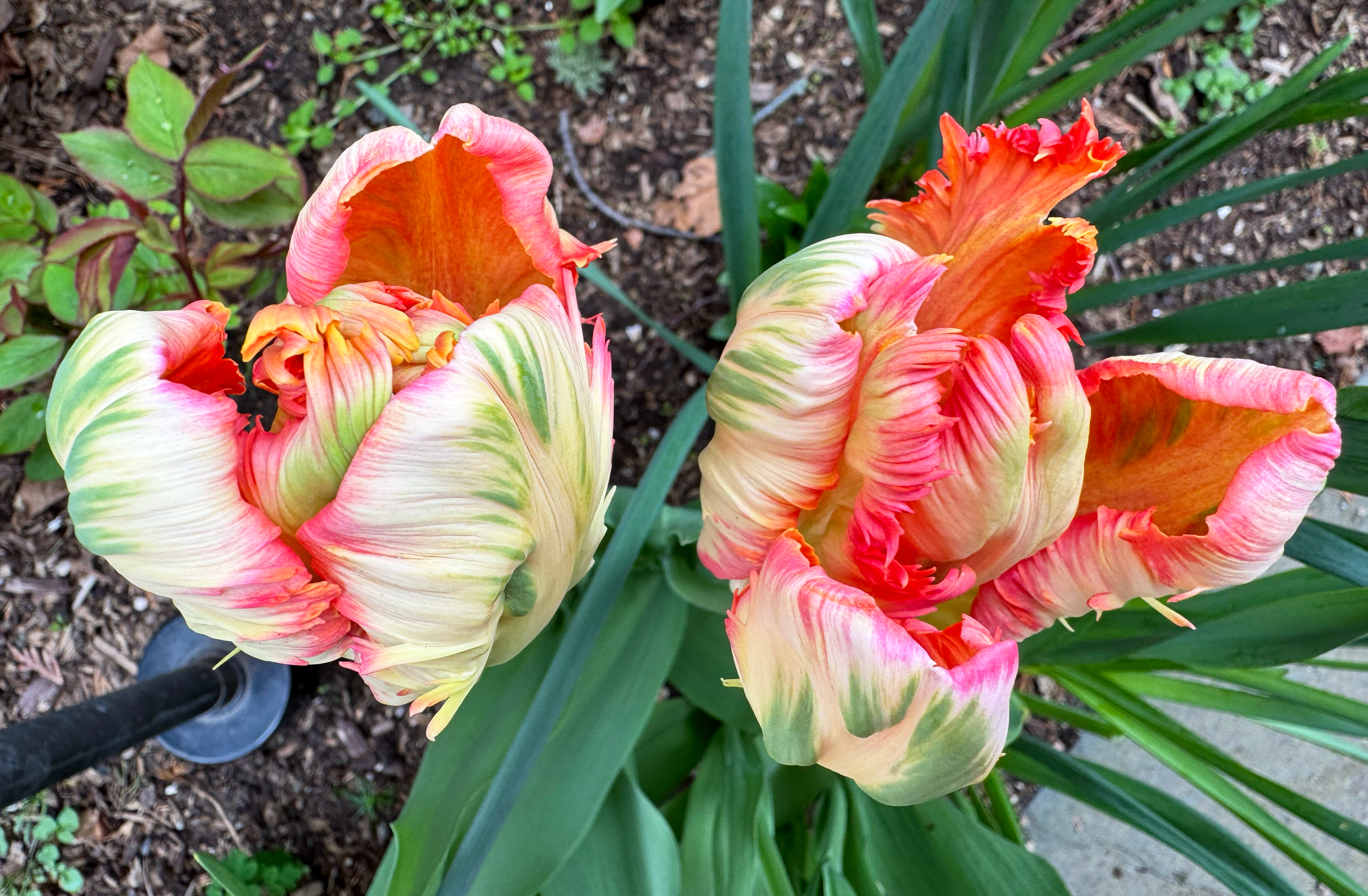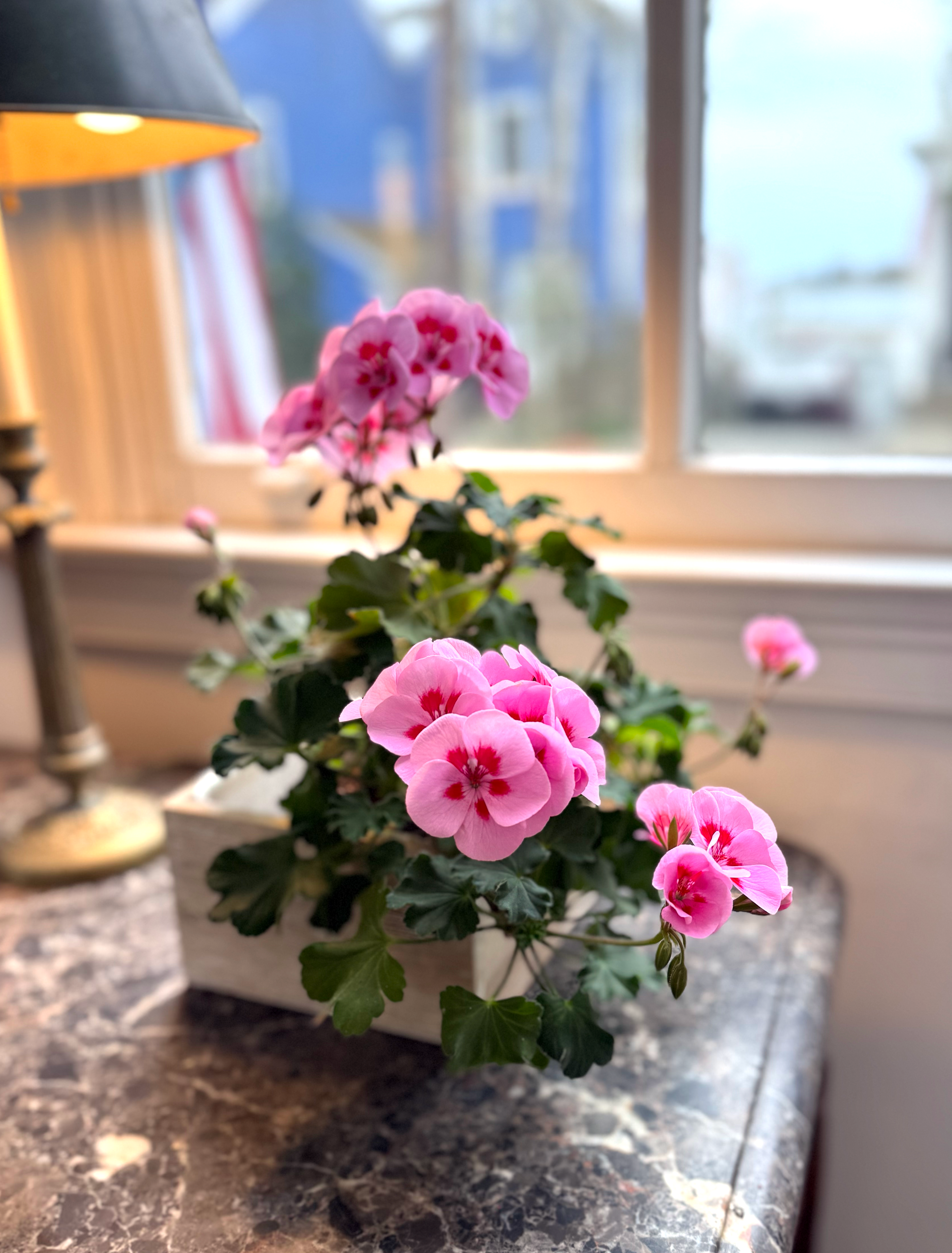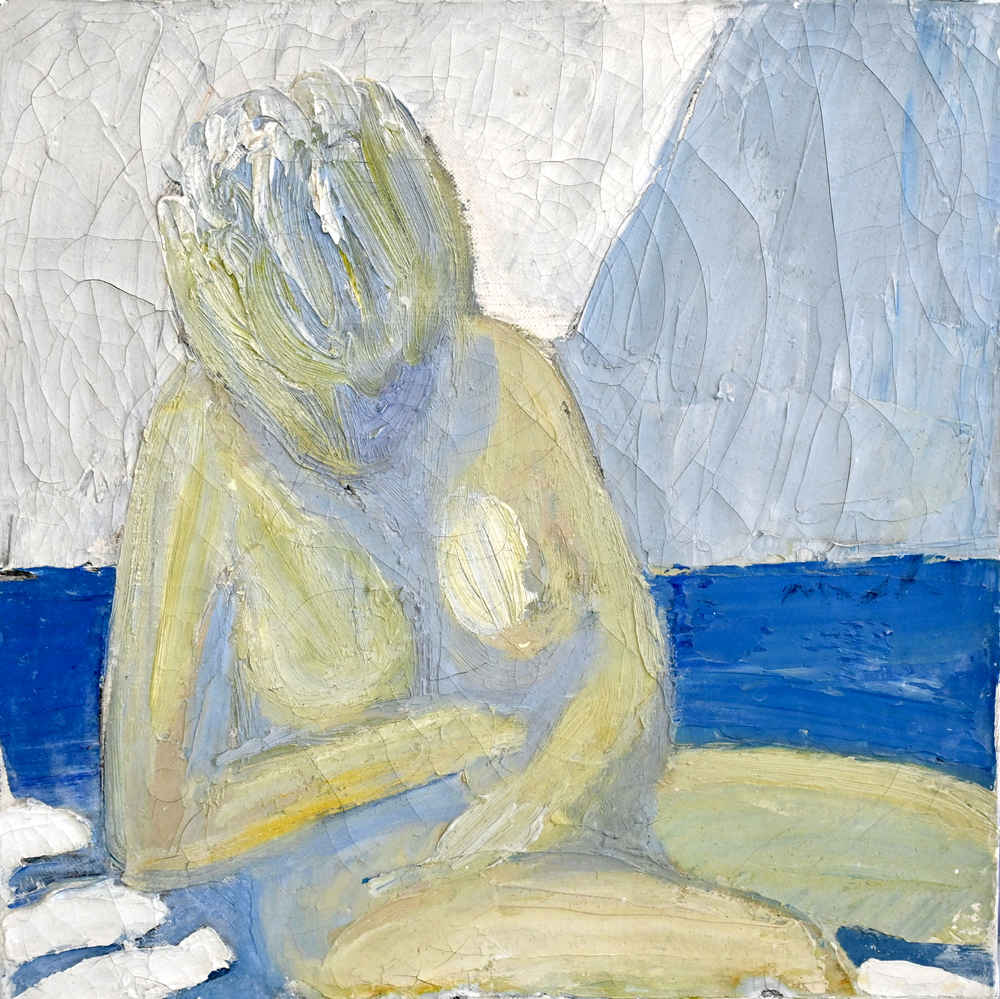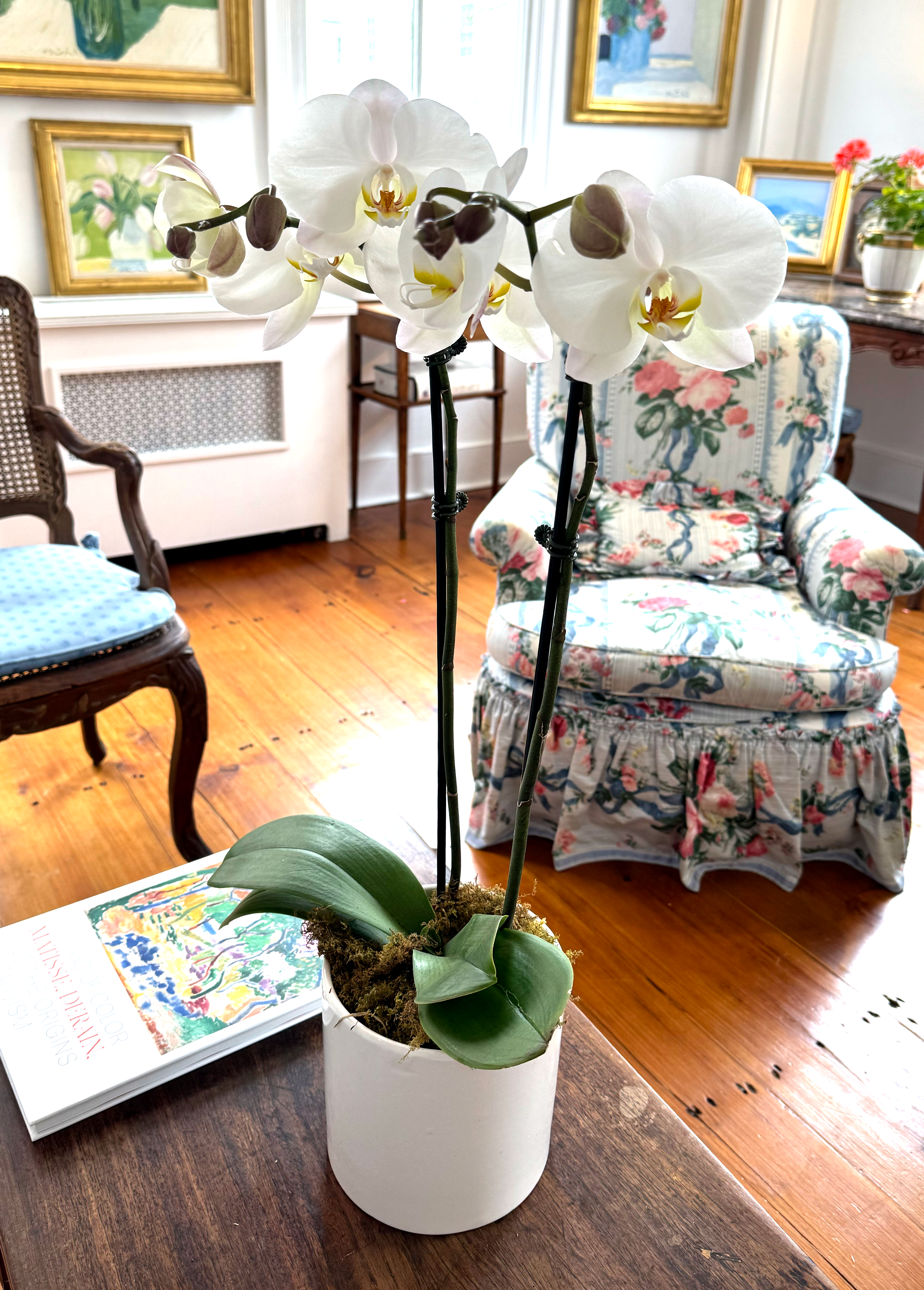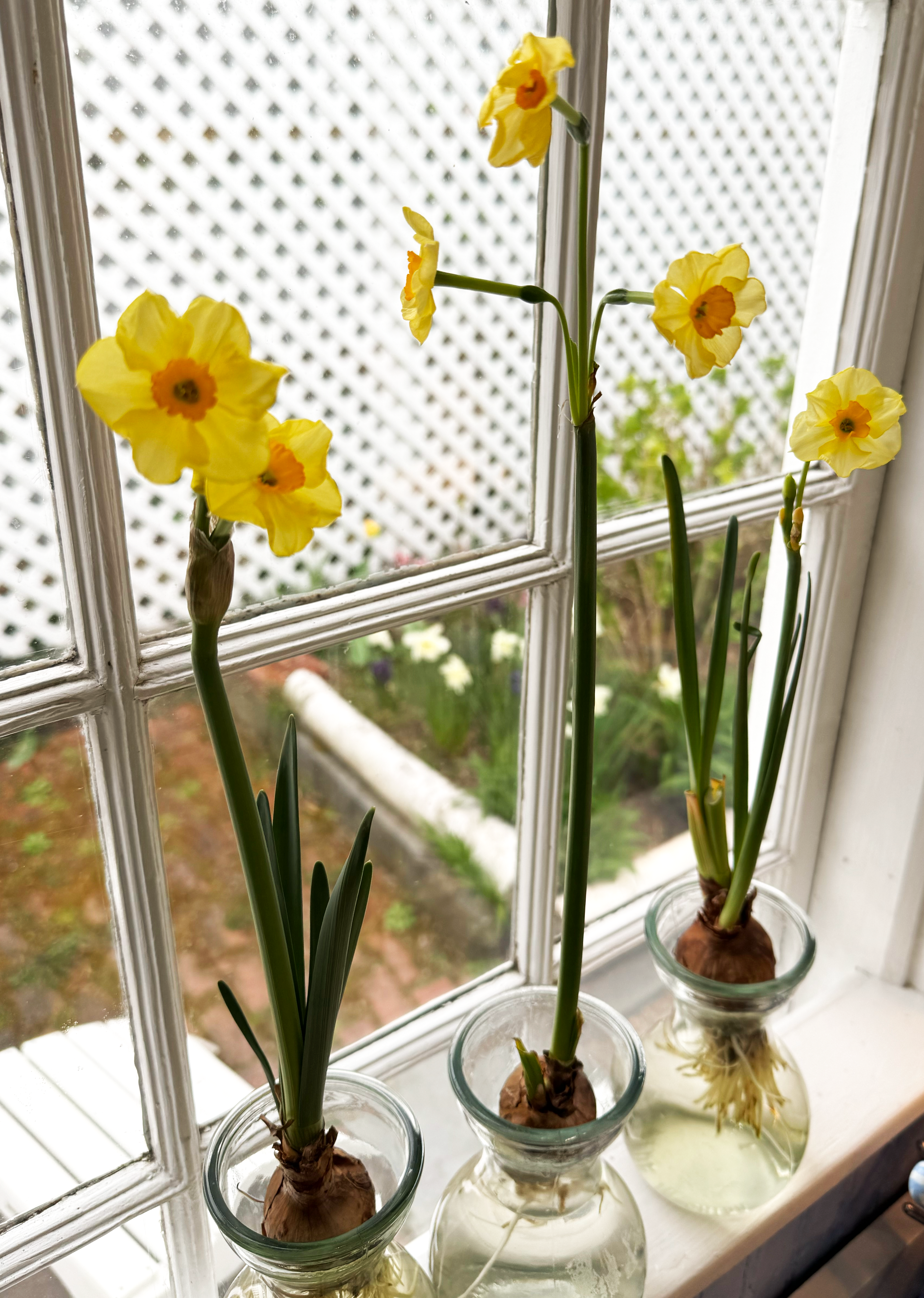AUTHOR | SPEAKER | PHILOSOPHER | DESIGNER
May 2024
"The goal of life is to live in agreement with nature." —Zeno
Dear Friends,
I love you! I thank you for your heartfelt, poignantly expressed appreciation for my gift of the video. I’m delighted so many of you took the time to reach out to me to let me know how grateful you are. Elissa and I loved working on it, and being able to share it with you is another connection.
Alas, because of your amazing generosity of spirit, and my flying off to Paris, I’ve fallen behind on my correspondence. Each kind word you write me, in whatever form, is a gift you give me. I wrote in my book Gift of a Letter that writing a letter to thank someone for their influence in your life is a gift you give yourself. You sent your ship out to sail. Because of your desire to write me, you brought me great joy in the process. Whenever you write to show your appreciation to me for my books and newsletter, you freshly inspire me to keep on carrying on!
Let this letter to you, dear friend, be my personal thank you for our bond. We continue to keep caring about each other after so many years. It is so touching to hear from those of you who tell me you began reading my books when you were in your early 20s and you’re now in your 70s. I feel fortunate to still be alive and that we are still relevant to each other.
Let’s celebrate our friendship!
Each time I hear from you, I feel privileged to receive your gift of correspondence. My cup runneth over. Trust the truth that you make a difference in my life, and I am profoundly grateful. Thank you!
I'm in Awe!
Many of you know how I related to Dacher Keltner’s extraordinary book Awe: The New Science of Everyday Wonder and How It Can Transform Your Life. I’m simply awestruck by the reality: By simply going on “awe walks,” we’re engaging in a healing ritual. When we go for a stroll, all our sensations are awakened. We’re able to experience awe’s complex emotion anytime, anywhere, as long as we’re receptive and open to the discovery of new insights.
Dr. Keltner is a psychologist and renowned expert in the science of human emotion. How do you feel when you experience reverent wonder that is so powerful and too vast to wrap your arms around? When you connect directly with the eternal reality of our universal, collective life force of the natural world of all living forms, how are you transformed?
Nature is in a constant state of metamorphosis, from the most primitive beginnings of the seed to the flower or tree. When we reflect on the science of the origin, history and structure of the earth, we’re in awe. These ever-present states of development of all life on the planet transform from one life form growing out of another. Botany, the study of plants, allows us to observe changes that seem to happen in front of our eyes.
Genealogy, on the other hand, changes over long periods too slowly for us to observe in a single lifetime.
Each day, every hour offers us original conditions, never to be repeated. Embrace the first dawn, the ever-changing of the colors of the sky. Look west at pre-dusk to capture the sunset. In the evening, go for a moon walk to observe the location of the stars in the constellations. Nature entices us to her magnificence. When we deliberately explore a new environment or approach an old familiar one with fresh eyes, this sense of unity flows from the biggest picture of the universe to the speck of space and time we occupy in our earthly home.
Dr. Keltner suggests we give ourselves 20 minutes to be able to contemplate this elevated sense of wonder. The direct fusing from our separate selves to the oneness of our inter-relationship to this vast, huge perspective of our wholeness is mind-boggling. The expression “it took my breath away” is apt. Sometimes the fleeting beauty of a present moment is so captivating that in all my enthrallment, I’m afraid I’ll forget to breathe.
He suggests we pay attention to our breath. Inhale four counts, then pause; count four more. Exhale for six counts. Being out in fresh air and light, we can freely roam about. By deliberately choosing “the road less traveled,” our wandering around in nature’s beauty will make us more buoyant, more vitally alive, more awake and aware. Value the quality of the time it takes to become focused and enjoy the details of the process of our activity. Rushing robs us of the fleeting, unrepeatable moments we could be savoring. Time, as we’ve learned, is relative. When we’re relaxed, we can expand our perspective to be open to insights and mini epiphanies that are both clarifying and time-altering.
“In a minute there is time,” wrote T.S. Eliot. Time wasted never returns. The 16th century French essayist Michel de Montaigne understood that “The greatest thing in the world is to know how to belong to oneself.” A wise, timeless insight and food for thought when we’re on a quiet, relaxing “awe walk.”
As a favorite thinker, Goethe, reminds us, “Just trust yourself, then you will know how to live.”
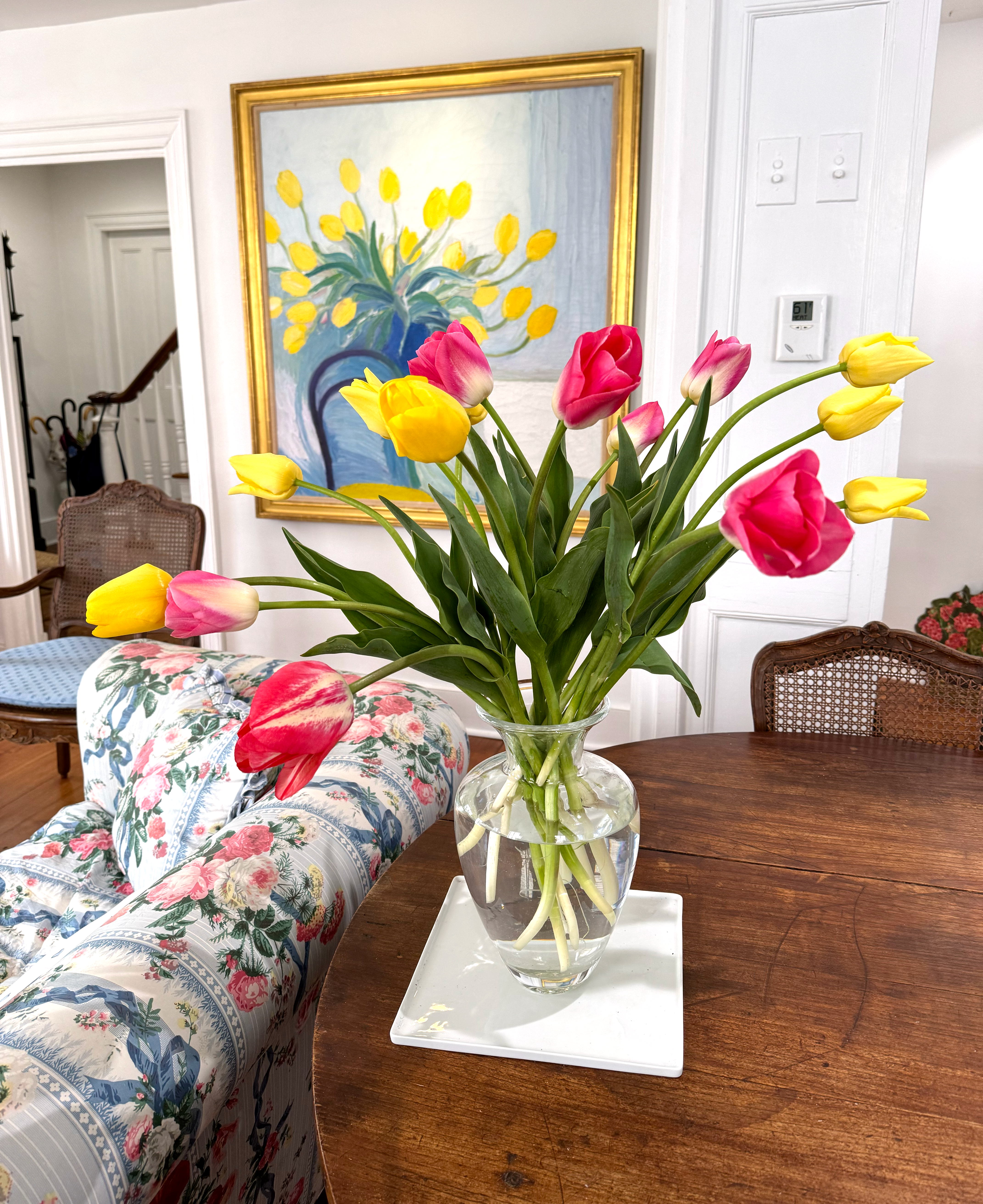
Wicked Tulips tulip farm brings art to life!
Awe: Spring's Magic Spell
I’m in such awe at all the beauty of spring’s refreshing color, fragrant air and warm, bright light. From dawn’s first light to the setting of the sun, I find myself drawn to spending more and more leisurely time in nature’s springtime splendor. As I soak in all the surrounding beauty, I spontaneously open wide, and deeper. In my inner reflective state of mind and heart, life’s divine mysteries and love bubble up in these peak moments of elevated, transcendent sensations. I feel enlivened, revived. New. I’m rapt in the wonder of it all, engrossed in the excellence of nature’s teaching. I’m a tree hugger. I blow kisses to all the buds and blossoms. We are experiencing similar stimulations with reverence and wonder because of a heightened interest in nature’s awakening. In this mutual sense of rhapsody, we’re together in all the gardens, parks, fields, beaches, rivers and mountains. Nature connects us in the very air we breathe.
The magnolia trees have been especially magnificent in Southeast Connecticut during the month of April. My friends who bought a house a few blocks down Water Street are in California. Friends next door took pictures of their magnolia tree to show them, because the bloom time is only a few weeks. I received a phone call from California to drop everything and go see this magnolia tree in the backyard.
We want everyone to feast on the blossoming of our Northern Hemisphere this time of year. This reminds me of Claude Monet, who told his good friend Gustave Caillebotte, “Be sure to come (to Giverny) on Monday as agreed. All my irises will be in bloom. They’ll begin to fade later.”
Many of you know that my mother and godmother showed me my first Claude Monet painting at the Museum of Fine Arts in Boston when I was 5. Coincidentally (or serendipitously), Peter and I exposed Brooke to Paris and Monet, the father of Impressionism, when she was 5! She loves all things French, lived in Paris after college and also loves the Impressionists. Monet remains my favorite of all the artists in this modern movement, and returning to Paris for a mother-daughter sojourn to feast our eyes was thrilling.
On March 26, the Musée d’Orsay (in partnership with the National Gallery of Art in Washington) opened its doors to a blockbuster show of the early beloved painters’ art from their “Premiere Exposition” 150 years ago. Monet’s light-filled plein air paintings are fresh, alive, sensually appealing and timelessly important. His water is wet, deep, fresh and alive. He waited for the clouds to move so he could have more light and shadow on his chosen subjects.
In his garden in Giverny, he had water lilies in the pond he created surrounding his famous green Japanese bridge. Through his artistic visions, he saw through to the depth of things, inviting us to see with fresh new eyes the nuance of infinite beauty. Monet believed that “we live in a luminous cloud of changing light, a sort of envelope. This is what I have to catch.” Paul Cézanne revered his vision. “He is nothing more than an eye — but what an eye. … Monet has the finest painter’s eye that ever existed.” Monet spent his life creating and seeing beauty. “I paint only what I can see. I have never seen an angel so I shall never paint one.” He was self-effacing when he exclaimed, “I’m good for nothing except painting and gardening.”
I’m deeply attracted to the two female artists who joined the Impressionists, Berthe Morisot and Mary Cassatt. Morisot’s Hide and Seek in the show is airy and light-filled, showing a mother and child playing a game around a flowering tree. In the painting, she focuses on a woman lost in her private world of contemplation. She wrote, “To set down something as it passes, oh something the least of things!”
Mary Cassatt, who painted children with a deep love and intelligence, believed, “There are so few of us that we are each to contribute all we have.” Incidentally, the Philadelphia Museum of Art is having a “Mary Cassatt at Work” exhibition that opens May 18 — Peter’s and my wedding anniversary!
In the Paris show, there are paintings by Pierre-Auguste Renoir, Edgar Degas, Camille Pissarro (who is the only artist that exhibited in all eight of the group’s shows) and Gustave Caillebotte, among others. “Paris 1874: Inventing Impressionism” will close at the Musée d’Orsay on July 13, and it comes to the National Gallery of Art in Washington, D.C., on September 8.
The Eclipse
Four minutes of experiencing the heavenly bodies through a different lens
For all of us who wore special glasses in order to look at the sun when the moon obscured it, we were moved and astonished. Brooke and I went down Water Street to the point and were rapt and excited observing the 90% eclipse.
I have a Stonington friend who made the pilgrimage to experience the total eclipse in Cleveland, Ohio, on April 8. Stuart is someone who reaches out to experience life’s wondrous vast mysteries with zestful enthusiasm. His boundless curiosity about all aspects of being human is inspiring.
As a psychologist, he writes, lectures and teaches us about the science that deals with our mental processes and behavior. Stuart stretches us to know ourselves more honestly, challenging us to pay attention to our feelings, staying in close touch with soul-emotions. Each of us expresses our individual behavior patterns in original ways. The more in tune we are with our inner world as we explore life’s endless vast opportunities, the richer our daily lives become.
Stuart went to see and feel this brief intersection of science and spirituality with his own eyes. I asked Stuart to describe how he felt when he saw the eclipse.
He wrote: “Eclipse. There were a couple of hours of anticipation as the moon slowly made its way over the sun, but when the moment of totality appeared, the world was suddenly dark and for the only time in my life, I could look directly at the sun without worry. The circle of light around the edge of the moon made a shimmering, glowing ring in the sky, and the temperature suddenly dropped. It was such a dramatic change that it was easy to understand how ancient people would imagine it to be some kind of supernatural event. Again, as soon as the four minutes of totality were over, it was as though a switch was thrown again and the world was bright. Stunning.”
Reading about this rare celestial event reawakened us to just what a small part of the universe we occupy here on planet Earth. More than 30 million people were in the path of totality, where for a brief few minutes, the moon entirely blocked out the sun. Countless eclipse enthusiasts traveled to see and be deeply moved by the greatest natural show on earth. The sun has always nourished our human body and soul. This fleeting moment of collective consciousness for many was incredibly spiritual as well as profoundly beautiful.
Brooke and I noticed an unusual brightness in the light. Charlie’s pink house looks peachy in the winter and looked pink in this sun’s brightness. Shadows were deep. I read in the newspaper that a geologist said, “It was one of the longest and shortest moments of my life.” I was mindfully in the moment, well aware that this will be the last eclipse I will attend. My children and grandchildren may see one in 2044 and 2045, but, as Peter would say, this is it.
We can ask ourselves, is this all there is? We know the answer. This is it. We don’t have to have the heavens turn upside down to feel the miraculous universe we are mysteriously able to appreciate with reverential awe.
A solar physicist from Belfast, Northern Ireland, wrote in the New York Times, “A total eclipse elicits a unique, visceral, primeval feeling that cannot be evoked by a photograph or a video or a newspaper article.” Many of us have friends or relatives who were able to experience this solar phenomenon in its full, dramatic splendor. For the rest of us, we can bask in whatever glimpses we did see and feel, listening to all the emotional accounts of this indescribable, unrepeatable, awe-inspiring, life-changing, transformative event.
Timeless Drama, Timeless Joy!
Friends and I went to William Shakespeare’s comedy Twelfth Night at the Gamm Theatre in Warwick, Rhode Island. Shakespeare created this laugh-out-loud funny play that is the closest thing to a musical comedy he wrote. The play’s opening line, sung by the professional clowning of Feste, says this: “If music be the food of love, play on…”
These characters had to sing! Poetic words weren’t enough. Fortunately for the audience, we enjoyed a musically gifted cast. Twelfth Night is a reference to the Twelfth Night festival. The festival of feasting and merriment was also known as the Feast of Fools. The character Feste is a fool in the great tradition of licensed truth teller.
I was fascinated to learn about an underdeveloped fact in Shakespeare’s biography. One of his twin children, Judith’s brother Hamnet, died an untimely death of an unknown cause when he was 11. This personal tragedy is reflected in Shakespeare’s art. Four years later, when he wrote this joyful comedy, one of his most compelling protagonists, Viola — a twin — assumed her brother Sebastian died in a shipwreck. As a young woman, she dressed like a man. In a puzzling and deeply revealing statement, she says, “I am all the daughters of my father's house, And all the brothers too.” The two central characters are the twin brother and sister. Through the lens of Shakespeare’s great tragic loss, Viola is both sister and brother. Sebastian lives inside her concealed identity.
By writing such a joyful play, Shakespeare was able to bring Hamnet alive in his heart and soul through the character Sebastian. As he wrote in the play, “Laugh yourself into stitches.” I loved both twins and felt so uplifted when they were joyfully united near the end of the play.
Some random selections of my favorite phrases sung in this wondrously happy play still ring in my ear:
- “Music from the spheres”
- “Love sought is good, but given unsought is better.”
- “More matter for a May morning.”
- “I may command where I adore”
- “Dost thou think because thou art virtuous, there shall be no more cakes and ale?”
- “High fantastical”
- “What is love? … Present mirth (gladness and gaiety) hath present laughter. What’s to come is still unsure.”
- “In delay there lies no plenty.
Then come kiss me, sweet and twenty.
Youth’s a stuff will not endure.” - “But be not afraid of greatness. Some are born great, some achieve greatness, and some have greatness thrust upon them.”
- “Thus the whirligig of time brings in his revenges.”
- “When that I was and a little tiny boy,
With hey, ho, the wind and the rain …
For the rain it raineth every day.”
In closing, I hope you embrace the merry month of May. April showers have brought us glorious flowers. Lily-of-the-valley (my wedding flowers) and lilacs (white and pink) will bloom in my backyard; Charlie’s pale purple lilac is now in our shared garden. Joy!
This month, my main focus will be on loving life and all of us who are blessed to be alive!
Love & Live Happy,

Loneliness and Connection
I had a wonderful conversation about loneliness and connection with Mary Jones on her radio show “All About Women,” and she was kind enough to share a recording with us. Listen to it here.
This month, I'm letting go of an oil painting by Roger Mühl if anyone is interested in adding it to their art collection. Please contact Pauline at Artioli Findlay (pf@artiolifindlay.com) for more information.
Roger Mühl (French, 1929 - 2008)
Nude, ca. 1970
Oil on canvas
9 ¾ x 9 7/8 in
This early Roger Mühl figurative painting in geometric shapes has soft warm and cool color tones.








